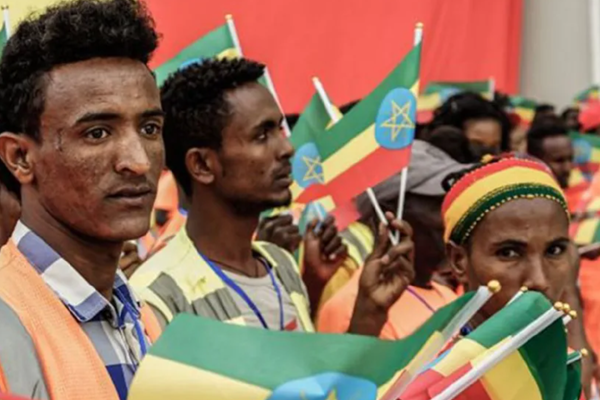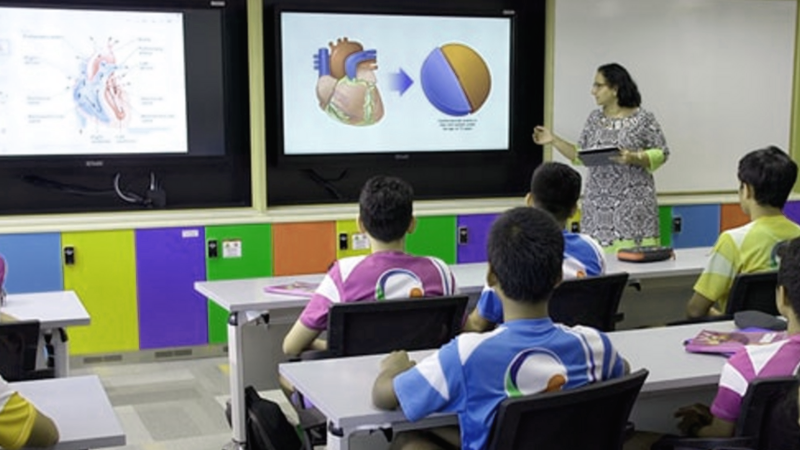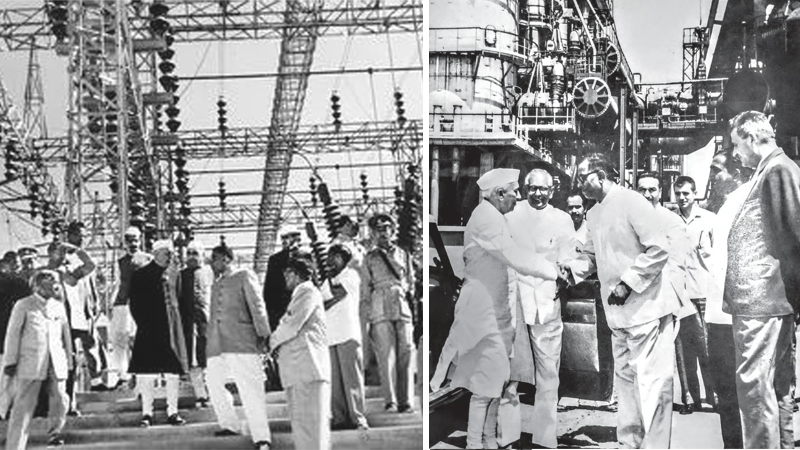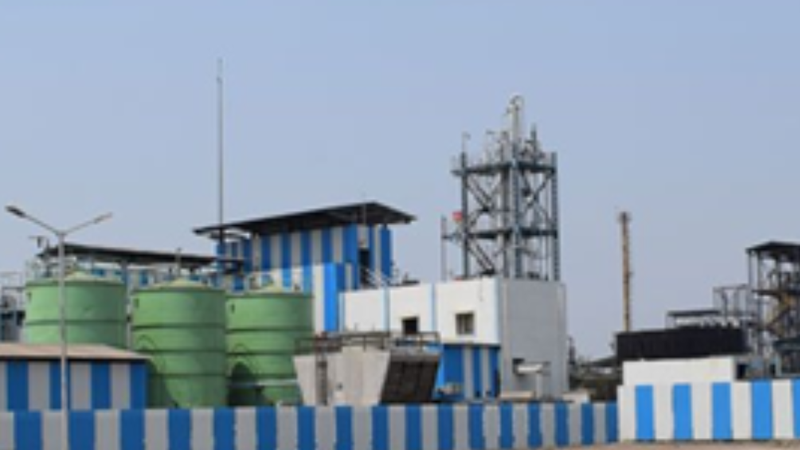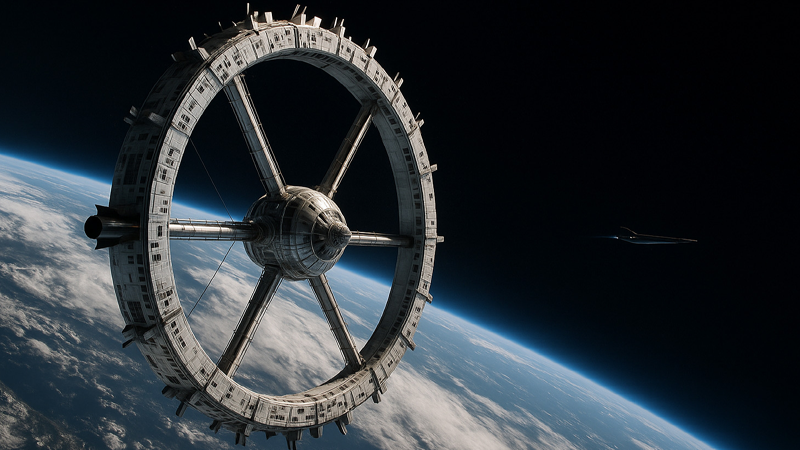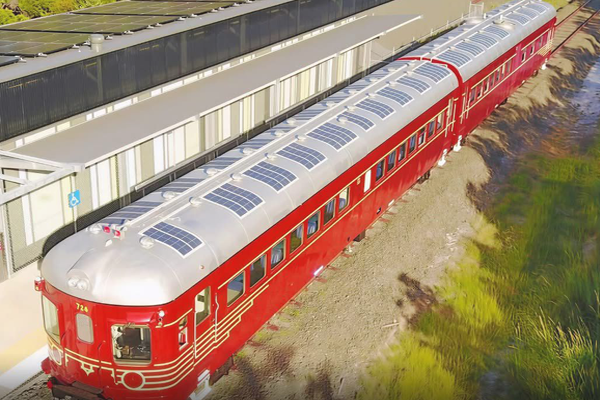Crony Capitalism and the Shrinking Space for Small Enterprise
Editorial
India’s Balancing Act in a Divided World
The year 2025 finds India walking a diplomatic tightrope in a world increasingly defined by fractured alliances and shifting loyalties. The optimism of globalization has given way to the hard edge of geopolitics. The United States, China, and Russia are redrawing the world’s strategic map, while Europe gropes for an independent identity. For India, the world’s largest democracy and a rising economic power, the challenge is to stay relevant without being trapped.
New Delhi’s answer has been what it calls multi-alignment: building bridges with all, dependence on none. Its active role in the U.S.-led Quad and I2U2 coexists uneasily with membership in China- and Russia-dominated groupings like BRICS+ and the SCO. This broad engagement signals confidence but also carries the danger of strategic incoherence. The risk of spreading diplomatic energy too thin is real.
Afghanistan’s acting Foreign Minister Amir Khan Muttaqi’s recent visit to New Delhi captures this new realism. India’s outreach to the Taliban regime reflects pragmatism—an attempt to secure its regional interests and counter Pakistan’s renewed proximity to Moscow and Beijing. Yet it also raises questions about consistency and the limits of engagement with regimes that challenge India’s democratic ethos.
As the post-Cold War order unravels, India must move beyond balancing toward shaping. Strategic autonomy cannot rest merely on careful neutrality; it must be anchored in economic strength, technological innovation, and credible regional leadership. The world is watching whether India’s diplomacy will remain a cautious act of equilibrium—or evolve into a confident assertion of leadership in a divided century.
Bihar 2025: Nitish Faces His Toughest Test Yet
As Bihar gears up for assembly elections on November 6 and 11, the state’s political theatre is once again abuzz with familiar faces, familiar promises—and familiar fatigue. Chief Minister Nitish Kumar, seeking a tenth term, faces perhaps his toughest battle yet, caught between anti-incumbency, shifting alliances, and a restless electorate yearning for change.
The ruling NDA has projected an image of discipline and unity by finalizing seat-sharing early. The BJP and JD(U) will contest 101 seats each, with Chirag Paswan’s LJP(RV) and other smaller allies balancing the caste and regional equations. This clarity contrasts sharply with the Mahagathbandhan’s public disarray, where seat-sharing squabbles between the RJD, Congress, and smaller allies exposed deep fissures. Constituencies witnessing rival candidates from the same alliance only reinforced perceptions of instability within the INDIA bloc.
Yet, beneath the surface, the NDA’s long incumbency weighs heavily. Unemployment, corruption, and outmigration dominate the public mood, eroding Nitish Kumar’s earlier image as “Sushasan Babu.” His once-celebrated liquor ban has backfired, becoming a symbol of policy failure amid a thriving illicit trade. Moreover, questions about his health and leadership capacity have added to the uncertainty, with whispers that the BJP may eventually push for a new face if the alliance returns to power.
Tejashwi Yadav, the Mahagathbandhan’s young leader, has emerged as a credible challenger, making employment and governance his rallying cry. Meanwhile, Prashant Kishor’s Jan Suraaj adds a disruptive element appealing to disenchanted voters.
As the countdown to November 14 begins, Bihar stands at a crossroads—between continuity and change, fatigue and hope. Whatever the outcome, this election will mark a defining moment not just for Nitish Kumar’s legacy, but for Bihar’s political future itself.

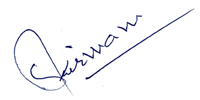
 SAS Kirmani
SAS Kirmani


